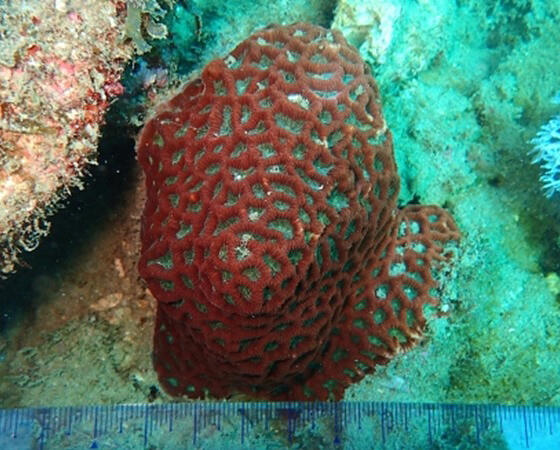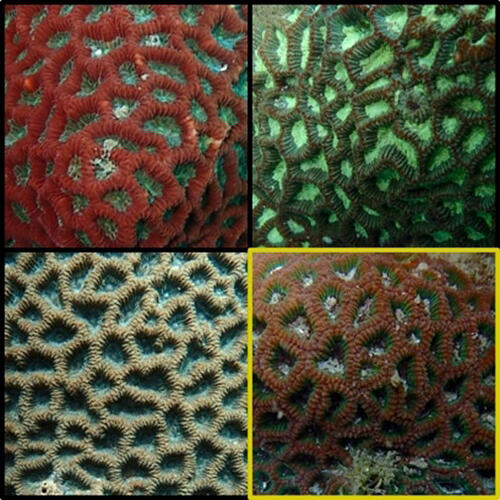A research group led by Postgraduate Student Daigo Kishi of the Graduate School of Agriculture, and Professor Hironobu Fukami of the Faculty of Agriculture at the University of Miyazaki, Keiichi Nomura of the Sabiura Marine Park Research Station and Professor Yoko Nozawa of the Tropical Biosphere Research Center of the University of the Ryukyus, and Associate Professor Seiji Arakaki of the Amakusa Marine Biological Laboratory at the Faculty of Science at Kyushu University, discovered a new species of the genus Paragoniastrea, "Paragoniastrea variabilis," from the hermatypic scleractinian coral Paragoniastrea deformis found mainly in Oshima, Nichinan, Miyazaki, and also in various parts of Kyushu, Wakayama, and northern Taiwan. The work was published in the online edition of Zookeys.

Provided by the University of Miyazaki
The marine areas around Oshima Island, Nichinan, and Shimanourashima Island in Nobeoka, Miyazaki are home to many hermatypic scleractinian corals, but are located in non-coral reef areas (warm-current coastal areas from Kyushu to Chiba) where coral reef landforms have not developed. Although P. deformis has been reported as a species unique to these non-coral reef areas of Japan, morphological variations of P. deformis are known to exist. Due to this, the group conducted molecular phylogenetic analysis and detailed morphological observations of P. deformis and its morphological variations.
As a result, a coral previously recognized as a morphological variant of P. deformis was described as a new species of the genus Paragoniastrea. This species was molecular phylogenetically distinct from P. deformis. It could also be clearly distinguished morphologically by lacking inter-corallite grooves characteristic of the species and having a larger corallite size. In addition to Nichinan and Nobeoka in Miyazaki, the new species was found in Kumamoto, Nagasaki, Wakayama, and northern Taiwan. Meanwhile, the new species was considered unique to non-coral reef areas in Kyushu and its north in Japan as well as in northern Taiwan, as it was not found in the sea around Amami Oshima Island and Okinawa.
The new species has color variations, such as red, brown, and green, and the Japanese name henge-kamenoko-kikumeishi was proposed prior to its description. Therefore, in the new species description in this study, the Japanese name henge-kamenoko-kikumeishi was used as it is. The scientific name was described as "Paragoniastrea variabilis," which means highly variable.
The results of this study prove that valuable and rare hermatypic corals are found in non-coral reef areas in Kyushu and its north in Japan. Moreover, the discovery made through this coral research in Miyazaki disseminating the preciousness of corals in the temperate zone of Japan is also important in that it provokes people to think about future environmental conservation in non-coral reef areas in Miyazaki and other parts of Japan.

Provided by the University of Miyazaki
Journal Information
Publication: ZooKeys
Title: Paragoniastrea variabilis Kishi, Nomura & Fukami, sp. nov. (Cnidaria, Anthozoa, Scleractinia), a new coral species previously considered as a variant of Paragoniastrea deformis, from Japan and northern Taiwan
DOI: 10.3897/zookeys.1205.121507
This article has been translated by JST with permission from The Science News Ltd. (https://sci-news.co.jp/). Unauthorized reproduction of the article and photographs is prohibited.




